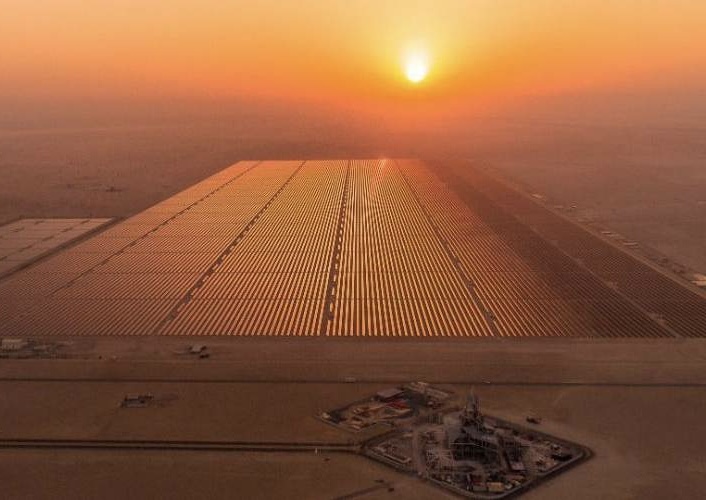Reports
OPEC+ Cuts Are Weighing On Russia’s Economy
Published on : 2020-06-17

Industrial output in Russia fell last month, largely as a result of the crude oil production cuts that Russian oil companies had to implement following the April agreement by OPEC+ to remove a combined 9.7 million bpd from the global market.
ING analysts reported that the May drop in industrial output stood at 9.6 percent, of which 5 percentage points were attributed to the oil production cuts.
“We do not take May's 9.6% YoY drop of industrial production as too negative, as around 5.0 pp out of it was related to the cut in commodity extraction, while the manufacturing sectors, accounting for over half of overall industrial output actually bounced back from the April lows along with the easing in the nation-wide lockdown,” they said.
Russia agreed to implement some of the largest cuts in the extended oil cartel in April, reducing output from a baseline of 11 million bpd to 8.5 million bpd beginning in May. Initially, these deep cuts were to be in effect until the end of June but earlier this month, OPEC+ decided to extend them until the end of July as oil prices are still too weak to rise on their own.
It took Russia a while to start cutting production but according to the latest production figures, its average daily production as of June 15th is about 8.541 million barrels, TASS reported earlier this week. The number excludes condensate production. With condensates, the total oil liquids production of Russia stood at 9.346 million bpd.
The OPEC+ cuts have had a modest positive effect on oil prices so far, not least because the amount of crude oil in storage around the world is still rather excessive. And there are growing fears, including within the oil industry, that some of that lost demand is not coming back, at least not anytime soon.
“World oil demand growth in 2020 is expected to drop by a staggering 9.07 mb/d, with the worst impact seen in this quarter. We expect demand for the year to be around 90.59 mb/d – back to levels last seen before the 2014-2016 market downturn,” said OPEC’s very own secretary-general earlier this month.
By Irina Slav for Oilprice.com







